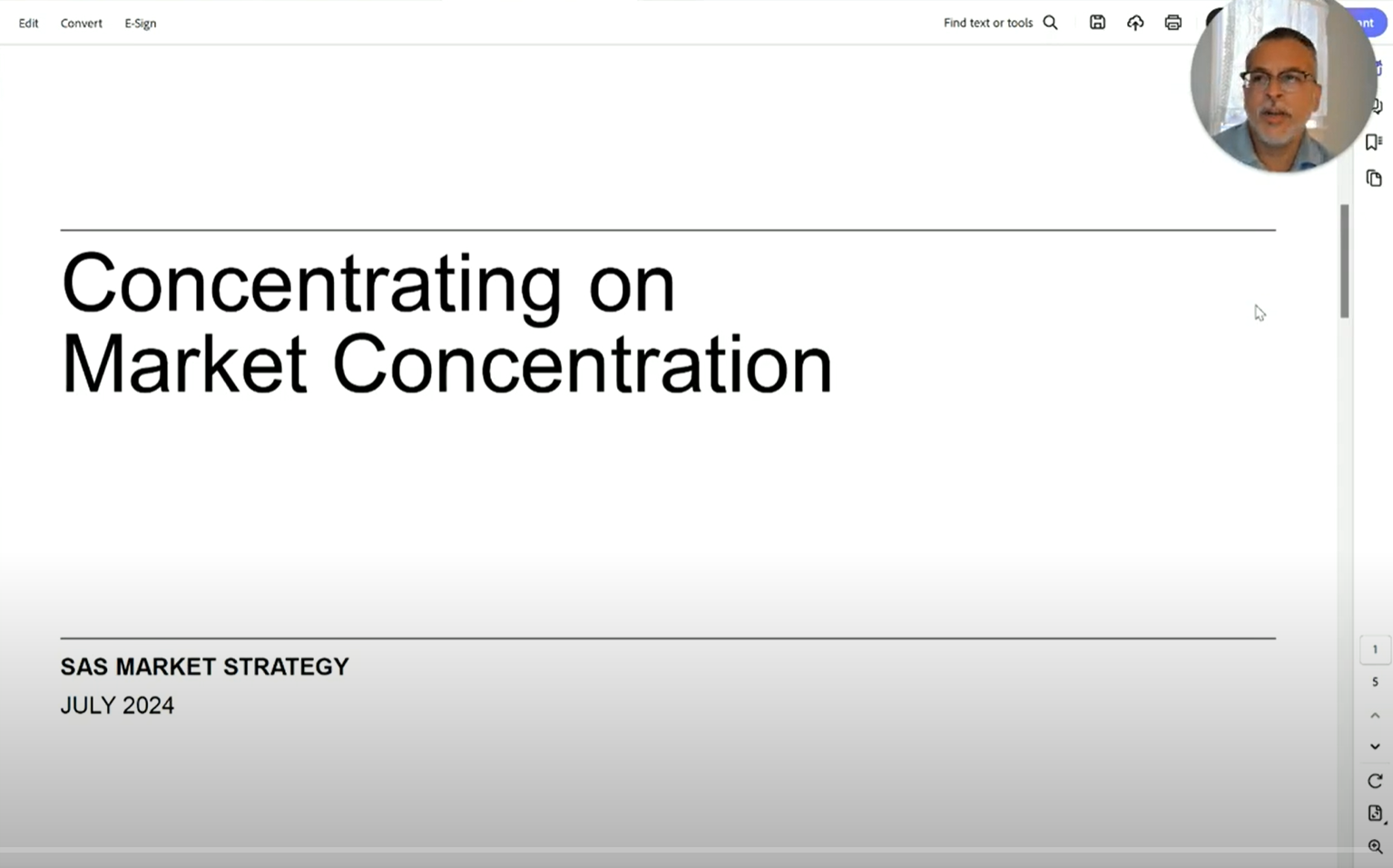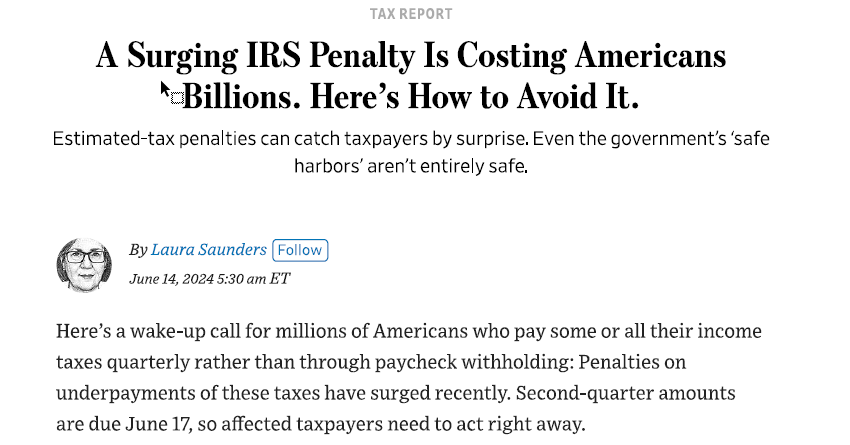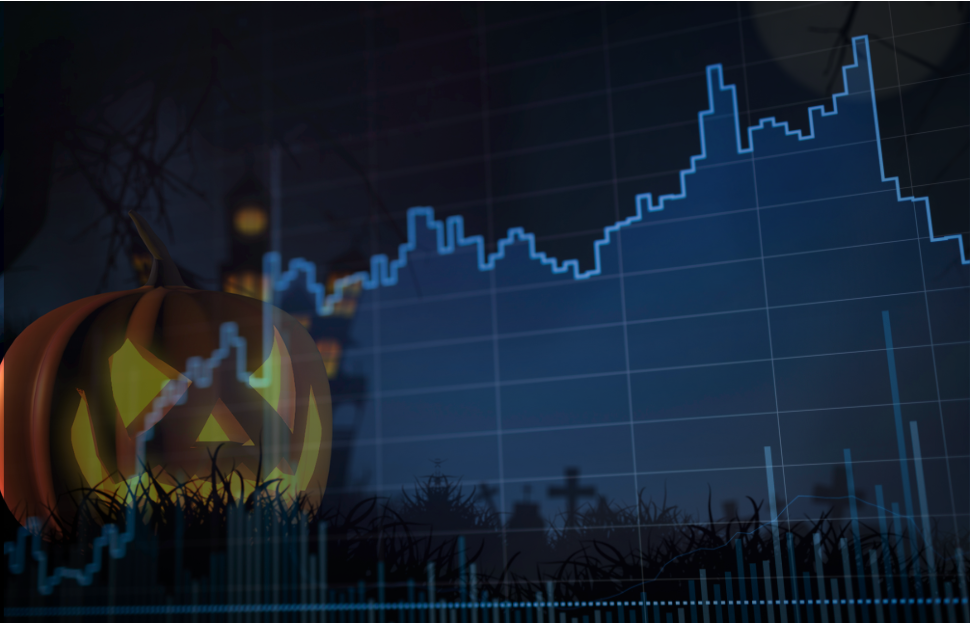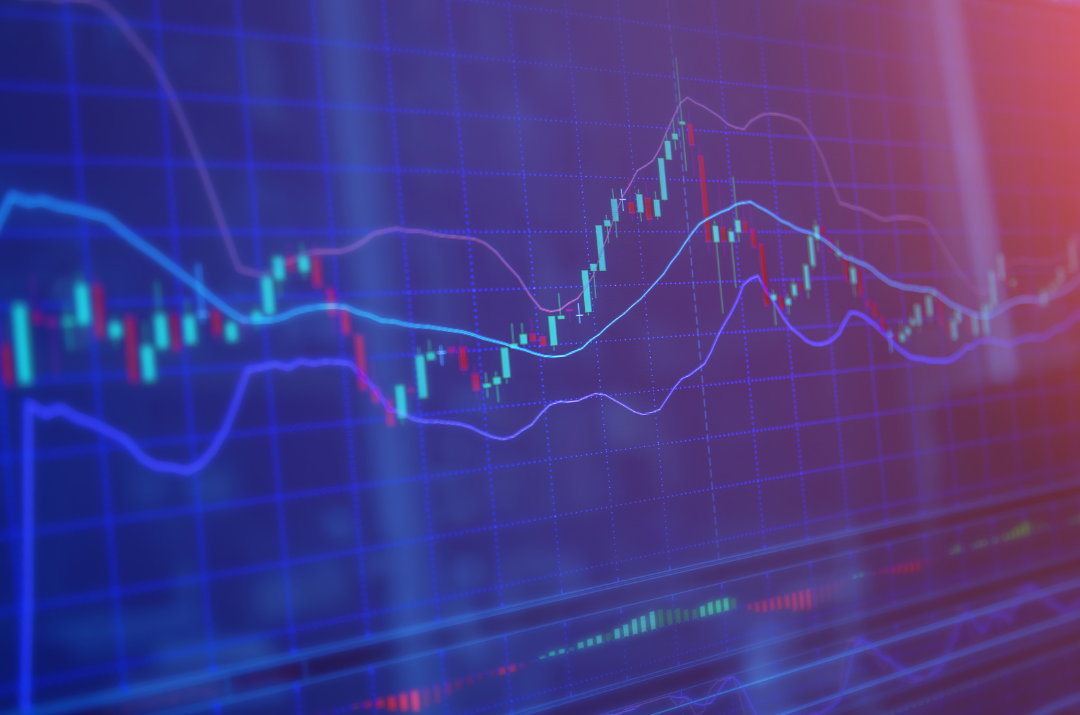At Single Point we believe that index-tracking funds offer the best outcomes over high-cost stock-picking funds.
As the number of trackable indexes has grown over the years – especially beyond the core Large Cap S&P500 Index – we spend a great deal of time identifying the best index to track the complimentary or ‘satellite’ asset classes. In the Small Cap space there are 2 core indexes to choose from via Blackrock iShares: the Russell 2000 (IWM) and the S&P600 (IJR) Index. Both attempt to capture a broadly representative sample of the universe of small cap US stocks. The Russell 2000 is by far the most popular one within the retail mutual fund crowd, but the S&P600 is increasingly favored by institutional investors.
The methodology used to construct the S&P600 requires each of the companies to have been profitable in the last quarter and in the last year, versus the Russell 2000 where fully one third of its constituents are unprofitable. By virtue of its tighter bands the S&P600 is also a ‘purer’ small cap index as there is very little spill-over into the Mid-Cap segment or the Micro-Cap segment. The Russell 2000 on the other hand skews significantly to highly-speculative micro-caps often with no profits. Not surprising, the Russell 2000 has a 7.5% weighting to early-stage biotech vs. 2.3% for the S&P600; and a P/E Multiple of 24.3 times vs. 18.9x for the S&P600.
This year, as in most of the past decade, the S&P600 has continued to outperform the Russell 2000 Index – 11.0% v. 9.7% – as of June 15.
In response to better economic growth at home and to greater risks (e.g. trade wars) impacting multinationals abroad, we decided a year ago to take some of our Large Cap ‘budget’ and shift it to US Small Caps, which as a group are much less reliant on foreign markets and foreign suppliers.
So our Small-Cap Index selection has had an important impact on portfolio returns. We are pleased to report that while the S&P500 Index was up +4% year-to-date while Small Caps are up +11% (S&P600 Index).
I should point out that the vast majority of Small Cap stock-picking Funds (90%+) use the Russell 2000 index as their reference benchmark against which to measure their performance. It is the overwhelming favorite among the stock-picking crowd – and if you dig deeper – you see why … it has consistently underperformed the S&P600 Index – and is therefore an easier benchmark to beat. Over the last 10 years ending 5/31/18 the S&P600 outperformed the Russell 2000 – 11.2% vs. 9.6%. Even so, According to S&P Dow Jones, in the 10-year period through 2017 over 96% of Small Cap managers lagged their benchmark.
Not surprisingly, we came out in favor of the S&P600 Index versus the Russell 2000 based on its lower risk profile and tighter focus. It also helped that the S&P600’s expense ratio (0.07%) is 2/3 lower than the Russell 2000’s (0.20%)
Certainly, there may come times when highly-speculative (biotech and tech) microcaps come into favor… at which point the S&P600 may lag the R2000, but we feel good that looking through a full market cycle the S&P600 is a more defensive way to get small cap exposure.














